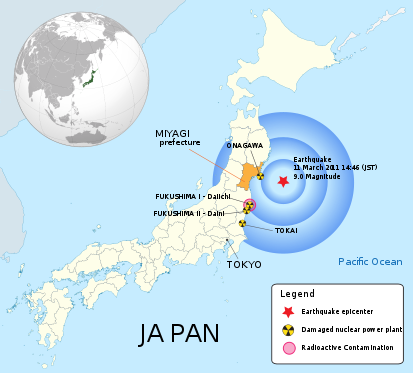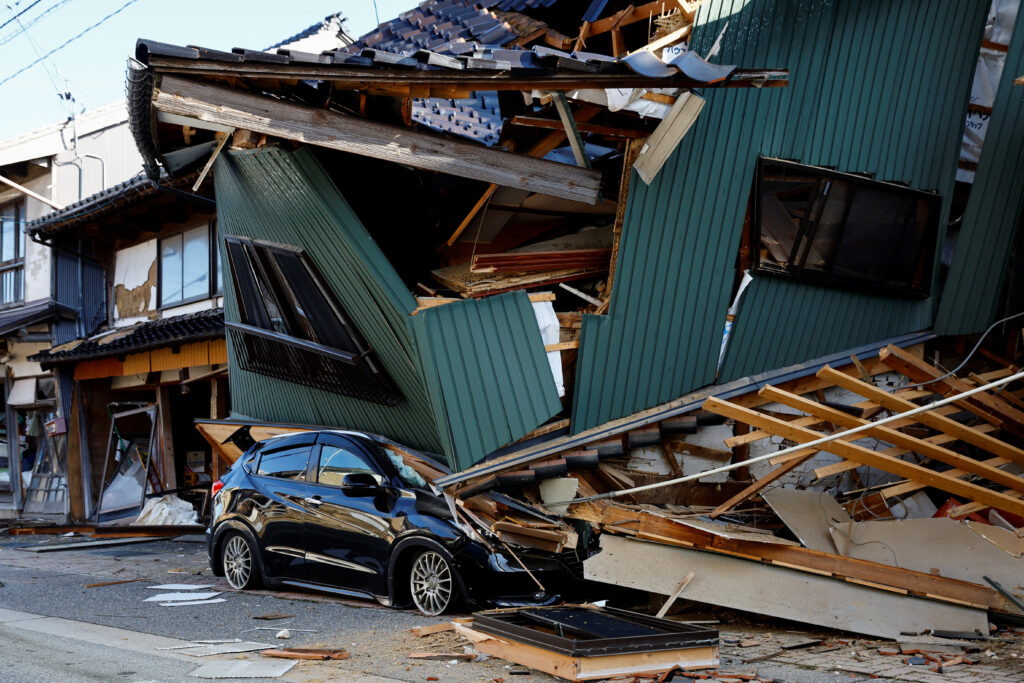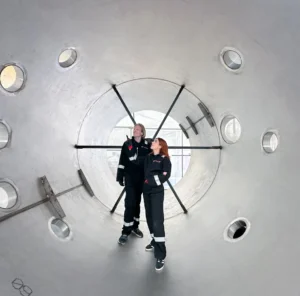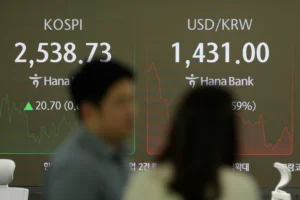6.0-Magnitude Earthquake Strikes Japan’s Kyushu Amid Fears of a Future Megaquake
On Wednesday, a 6.0-magnitude earthquake struck Kyushu, Japan, according to the National Center for Seismology. The earthquake hit at 7:34 AM local time at a depth of 40 kilometers (25 miles). So far, no reports of damage or injuries have been recorded, but authorities are closely monitoring the situation.
They are no stranger to earthquakes, as it sits in one of the most seismically active regions in the world. This recent tremor comes just days after a devastating 7.7-magnitude earthquake in Myanmar, which killed more than 2,800 people and left thousands homeless. It also follows new government reports warning that a megaquake could potentially cause nearly 300,000 deaths and economic damage amounting to $2 trillion.

South China Morning Post
With increasing concerns about future seismic disasters, Japan remains on high alert, implementing some of the most advanced earthquake preparedness strategies in the world.
Why is Japan So Prone to Earthquakes?
The country is located along the Pacific Ring of Fire, a horseshoe-shaped zone in the Pacific Ocean that experiences some of the world’s strongest earthquakes and volcanic eruptions. The Ring of Fire is home to nearly 90% of the world’s earthquakes, making them a one of the most seismically active countries on the planet.
The primary reason for frequent earthquakes is its position at the convergence of four major tectonic plates:
- Pacific Plate
- Philippine Sea Plate
- Eurasian Plate
- North American Plate
These plates are constantly moving, causing pressure to build up over time. When this energy is suddenly released, it results in earthquakes.
One of the most dangerous seismic zones in Japan is the Nankai Trough, an 800-kilometer (500-mile) long undersea trench stretching from Shizuoka (west of Tokyo) to the southern tip of Kyushu. This region is particularly concerning because it is where the Philippine Sea Plate is subducting beneath the Eurasian Plate. Scientists believe this area is due for a massive earthquake, possibly a magnitude 8 or 9 megaquake.
The Risk of a Megaquake
What is a Megaquake?
A megaquake is an extremely powerful earthquake, typically measuring magnitude 8.0 or higher, capable of widespread destruction and often triggering a tsunami.
On Monday, a new Japanese government report warned that a megaquake along the Nankai Trough could lead to:
- 298,000 deaths
- Economic damages up to $2 trillion
- Massive infrastructure destruction
This new estimate updates a 2014 prediction, reflecting an even higher risk than previously thought.
The last major Nankai Trough earthquake occurred in 1946, measuring magnitude 8.1. However, experts warn that the seismic energy in this region has been building up for decades, making another megaquake increasingly likely.

The Geological Society
The 2011 Great East Earthquake – A Lesson in Disaster Preparedness
The most devastating earthquake in Japan’s recent history occurred on March 11, 2011. Known as the Great East Japan Earthquake, it measured magnitude 9.1 and triggered a massive tsunami.
- Nearly 20,000 people lost their lives
- Over 2,500 people remain missing
- The Fukushima Daiichi Nuclear Disaster was triggered, causing long-term radiation concerns
- Economic losses reached $235 billion, making it the costliest natural disaster in history
This earthquake highlighted the need for stronger tsunami defenses, better evacuation plans, and improved early warning systems.
Japan’s Earthquake Preparedness Measures
Japan has one of the most advanced earthquake preparedness systems in the world. Here are some key strategies:
1. Earthquake Early Warning System (EEW)
Japan’s Earthquake Early Warning (EEW) system, operated by the Japan Meteorological Agency (JMA), can detect seismic activity seconds to minutes before shaking occurs.
How it works:
- Seismic sensors detect initial tremors (P-waves).
- Alerts are sent to phones, TVs, radios, and public speakers.
- People are warned to take cover or evacuate if necessary.
This system saved thousands of lives during the 2011 earthquake and continues to be one of Japan’s most effective disaster management tools.
2. Seismic-Resistant Buildings
Japanese skyscrapers and residential buildings are designed to withstand powerful earthquakes using advanced engineering techniques such as:
- Base Isolation – Buildings are placed on flexible shock-absorbing layers.
- Shock Absorbers – Structures have dampers that reduce shaking.
- Flexible Materials – Skyscrapers sway rather than collapse.
3. Tsunami Warning and Coastal Defenses
Because Japan is surrounded by ocean, tsunamis are a major threat. After the 2011 disaster, the government implemented:
- Higher seawalls in tsunami-prone areas
- Tsunami evacuation towers and shelters
- Faster tsunami detection and warnings
4. Public Earthquake Drills
Every September 1st, Japan observes Disaster Prevention Day, where schools, businesses, and communities conduct earthquake and tsunami drills.
This ensures that citizens know:
- How to “Drop, Cover, and Hold On”
- Where emergency evacuation points are located
- What to do in the event of a tsunami
Japan’s Recent Major Earthquakes
Aside from the 2011 earthquake, Japan has experienced several large quakes in recent years:
1. August 2023 – Megaquake Advisory Issued
- A magnitude 7.1 earthquake struck southern Japan
- 14 people were injured
- The Japan Meteorological Agency (JMA) issued its first-ever megaquake advisory under new post-2011 rules
2. January 2024 – Noto Peninsula Earthquake
- A magnitude 7.6 earthquake struck Japan’s Noto Peninsula
- 260 people were killed
- 30 additional deaths occurred due to quake-related injuries
3. April 2024 – Kyushu Earthquake (Current Event)
- A magnitude 6.0 earthquake struck Kyushu
- No immediate damage or injuries reported
- Authorities monitoring for potential aftershocks
While the Kyushu earthquake was moderate in intensity, seismologists are closely monitoring for aftershocks or potential foreshocks that could indicate a larger earthquake is imminent.
In some cases, a smaller earthquake can be a warning sign of bigger seismic activity to come. Given the recent government warnings about a possible megaquake, experts are urging continued vigilance.
Japan remains one of the most earthquake-prone countries in the world, but it is also one of the best prepared. While the 6.0-magnitude earthquake in Kyushu did not cause significant damage, it serves as a reminder of the constant seismic threats Japan faces.
With experts warning that a Nankai Trough megaquake could strike at any time, disaster preparedness and awareness are more important than ever. From advanced engineering to early warning systems, Japan continues to lead the world in earthquake resilience.
As the country remains on high alert, residents, businesses, and authorities must stay prepared for what could be Japan’s next big earthquake.









